
Graphite ore is an important non-metallic mineral resource, which can only be used after processing. Common graphite processing methods mainly include flotation method, gravity separation method, electric separation method, selective flocculation method, alkali-acid method, chlorination roasting method and high temperature roasting method. Among them, the last 3 methods are mainly for deep processing of graphite concentrate.
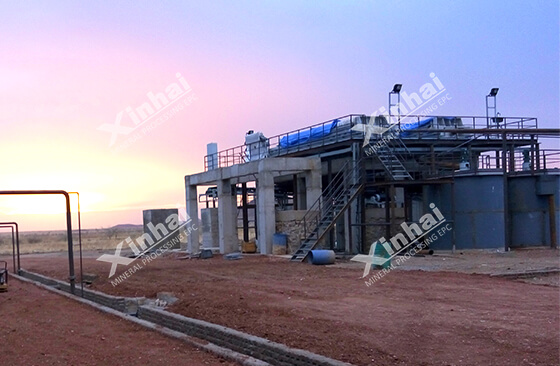
Graphite has good natural floatability and hydrophobicity. Therefore, most graphite processing plants use the flotation method to purify graphite ore, that is, adding a series of flotation reagents to enrich the graphite ore in the gas-liquid interface to achieve separation from impurity minerals. Therefore, most concentrators use the flotation method to purify graphite ore, that is, adding a series of flotation reagents to enrich the selected graphite ore in the gas-liquid interface to achieve separation from impurity minerals. Among them, the commonly used collectors are mostly coal tar, the foaming agents are mostly terpineol oil or butyl ether oil, and the inhibitors are mostly water glass and sodium fluorosilicate.
Graphite flotation method can make the grade of graphite reach 80-90%, or even about 95%. However, when the graphite ore contains very fine silicate minerals and compounds of potassium, calcium, sodium, magnesium, aluminum and other elements, the monomer dissociation cannot be achieved in the grinding stage, and other beneficiation processes need to be used after the flotation method.
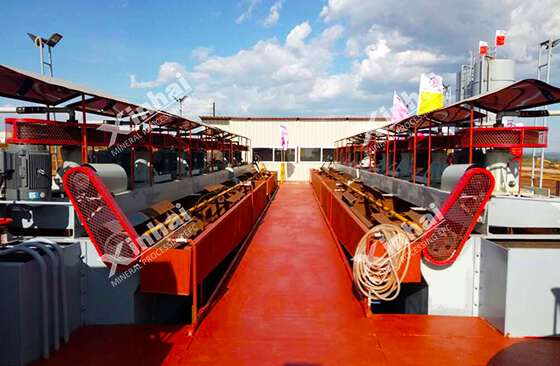
The gravity separation of graphite ore is based on the different gravity of graphite ore and gangue. The symbiotic minerals of graphite ore can be divided into heavy minerals, medium minerals and light minerals according to their specific gravity.
◆ Heavy mineral (specific gravity>3.32): mainly include pyrite, pyrrhotite, limonite, zoisite, etc., followed by sphene, zircon, white titanium, monazite, and scheelite;
◆ Medium minerals (specific gravity: 2.9-3.32): mainly diopside, tremolite, and occasionally apatite, etc.;
◆ Light minerals (specific gravity<2.9): There is a difference in specific gravity between graphite and its symbiotic minerals. Therefore, heavy minerals can be separated by gravity separation to obtain coarse concentrates mainly composed of graphite.

Electric separation is a physical beneficiation method that utilizes different electrical properties of various minerals and materials for separation. For graphite processing, graphite ore has good electrical conductivity, while gangue minerals (such as feldspar, quartz, pyrite, etc.) have poor electrical conductivity. Based on this difference, graphite and other minerals can be separated by electric separation.
The effective particle size of the electric separation method is usually 0.1-2mm. However, for graphite ore with flake or low density, the upper limit of the treated particle size can reach about 5mm, while the particle size treated by the wet high gradient electro-separator can be reduced to the micron level.
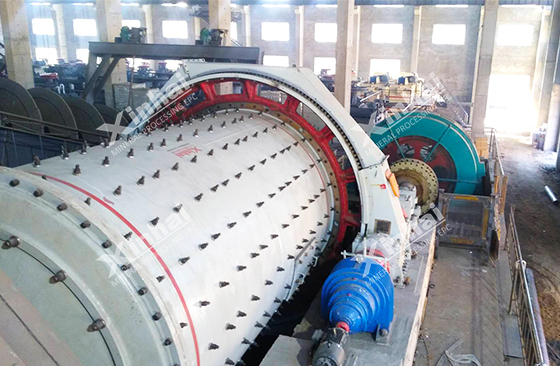
Graphite selective flocculation method of needs to add a polymer flocculant to the suspension containing two or more components. The flocculant selectively adsorbs a certain component in the suspension, and produces flocculation and sedimentation through bridging, so as to achieve the purpose of separation. In production practice, the commonly used flocculants are mainly sodium silicate, sodium hexametaphosphate, lignin starch, carboxymethyl cellulose, and the dispersants are mainly water glass.
Graphite selective flocculation method is relatively simple and low-cost, but the recovery rate of fixed carbon is low, only about 40%.
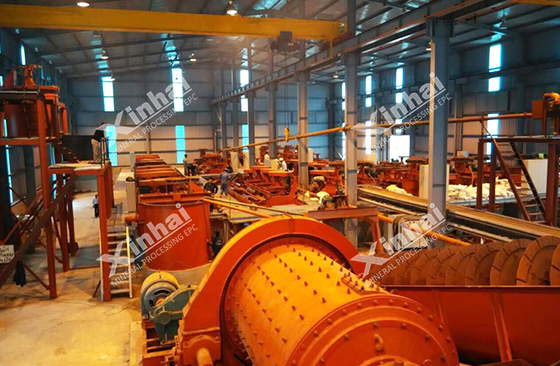
Graphite alkaline acid method is a relatively mature beneficiation process at present, which can be divided into two processes: alkali melting and acid leaching.
◆ Alkali melting process:
Under high temperature conditions, the alkali in the molten state and the acidic impurities (silicate, aluminosilicate, quartz) in the graphite react chemically to generate soluble salts, and then the impurities are removed by washing.
◆ Acid leaching process:
The acid reacts with the metal oxide impurities to convert some of the unreacted impurities into soluble salts in the alkali melting process, and then the impurities are removed by washing to separate them from the graphite, so as to improve the purity of the graphite.
Graphite alkaline acid method can make the grade of graphite reach 99.5%. The equipment is simple, the energy consumption is low, and the one-time investment is small. However, the acid and alkali of this method are highly corrosive to the equipment, the purified wastewater is seriously polluted and cause the loss of graphite.
Graphite Chlorination roasting method is mainly to add an appropriate amount of reducing agent into graphite ore, and then roasting at high temperature under special equipment. After the valuable metal in the mineral is combined with chlorine, it is transformed into gas phase or condensed phase metal chloride with low melting point and boiling point, so as to precipitate and achieve effective separation with other components, and obtain high purity graphite.
Graphite Chlorination roasting method has high efficiency, low energy consumption and low cost, but chlorine gas has strong corrosion and toxicity, which causes great environmental pollution.
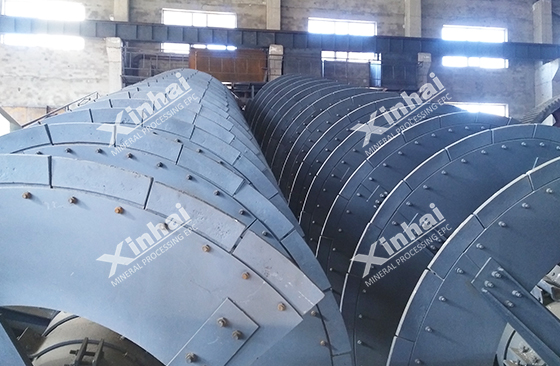
The melting point of graphite ore is very high (melting point is 3652℃, boiling point is 4250℃), much higher than other impurity minerals. High temperature roasting of graphite ore is to use the melting point difference between graphite and other impurity minerals for separation. When the graphite ore is heated to 2700-3000℃, most of the impurities have been gasified, which can effectively separate the graphite from the impurities.
The grade of graphite ore can reach 99.99% or even higher by high temperature roasting. But the energy consumption is large, the equipment requirements are very high, and there are certain requirements for the purity of graphite ore.
To Wrap Up
The above are the 7 common graphite processing methods. It is suggested that before determining the graphite processing method, the recovery rate, reagent system, pulp pH value and other necessary separation indicators should be determined through the test to avoid unnecessary economic losses.
To find out more about our products and solutions, please fill out the form below and one of our experts will get back to you shortly.